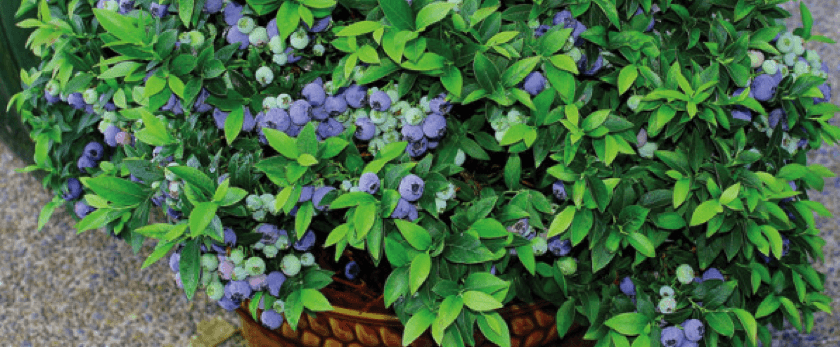Blueberries are not only delicious and nutritious, but they are also relatively easy to grow. With the right care and attention, you can have a bountiful harvest of these sweet and tangy berries in your own backyard. Plus, growing blueberries is a great way to contribute to a greener, more eco-friendly lifestyle. In this article, we will discuss the key points on how to grow blueberries, including caring for them, the best time to grow, and common problems you may encounter.
Caring for Blueberries
Watering
Blueberries require consistent moisture to thrive, but they do not like to be waterlogged. It is important to keep the soil evenly moist, especially during the growing season. A good rule of thumb is to water deeply once a week, and more frequently during hot and dry weather. Avoid overhead watering, as this can lead to fungal diseases. Instead, use a drip irrigation system or water at the base of the plant.
Light
Blueberries need full sun to produce a good crop. They require at least 6-8 hours of direct sunlight per day. If you live in a hot climate, some afternoon shade may be beneficial to prevent the plants from getting too hot. If you are growing blueberries in containers, make sure to place them in a sunny spot and rotate them every few days to ensure even sun exposure.
Soil
Blueberries prefer acidic soil with a pH level between 4.5-5.5. If your soil is not naturally acidic, you can amend it with peat moss, pine needles, or sulfur to lower the pH. It is important to test your soil before planting to ensure it is suitable for blueberries. You can purchase a soil testing kit or send a sample to a local extension office for analysis.
Fertilizer
Blueberries have specific nutrient requirements, and it is important to fertilize them regularly to ensure healthy growth and a bountiful harvest. Use a fertilizer specifically formulated for acid-loving plants, and follow the instructions on the package. It is best to fertilize in early spring before new growth appears and again in late spring or early summer.
Pruning
Pruning is essential for blueberry plants to maintain their shape, promote new growth, and increase fruit production. It is best to prune in late winter or early spring while the plants are still dormant. Remove any dead, damaged, or diseased branches, as well as any low-growing branches that may touch the ground. Prune back any old or weak branches to encourage new growth.

Best Time to Grow Blueberries
The best time to grow blueberries depends on your location and climate. In general, blueberries are best planted in the fall or early spring when the plants are dormant. This allows them to establish their root system before the growing season begins. If you live in a colder climate, it is best to plant in the spring to avoid any potential damage from frost.
Common Problems with Blueberries
Pests
Blueberries are susceptible to a few pests, including aphids, mites, and fruit flies. To prevent these pests, keep your plants healthy and free from debris. You can also use natural pest control methods, such as introducing beneficial insects or using organic pesticides.
Diseases
Blueberries can also be affected by various diseases, such as powdery mildew, leaf spot, and root rot. To prevent these diseases, make sure to plant your blueberries in well-draining soil and avoid overhead watering. If you notice any signs of disease, remove and dispose of the affected plant parts immediately to prevent the spread.
Birds
Birds love blueberries just as much as we do, and they can quickly decimate a crop. To protect your berries, cover the plants with netting or use scare tactics, such as reflective tape or fake predators.
Conclusion
Growing blueberries is a rewarding experience that not only provides you with delicious and nutritious berries but also contributes to a greener, more sustainable lifestyle. By following the tips and techniques outlined in this article, you can successfully grow your own blueberries and enjoy the fruits of your labor. Remember to care for your plants, plant at the right time, and be aware of common problems that may arise. With a little effort and patience, you can have a thriving blueberry garden in no time. Happy growing!










